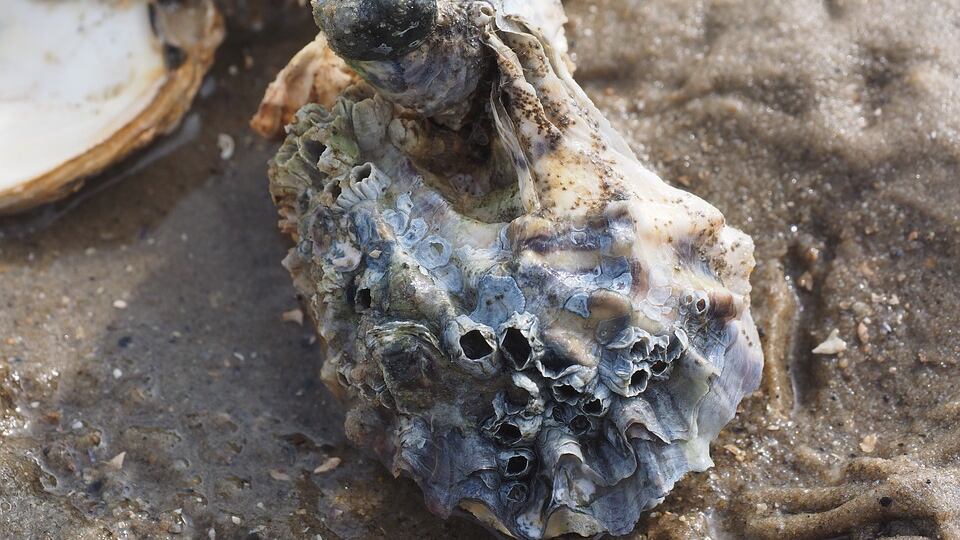Portland clothing trends could be killing the clams.
Tiny threads of plastics have begun showing up in Pacific Oysters and razor clams on the Oregon coast, a new Portland State University study shows.
According to the study, "the yoga pants, fleece jackets and sweat-wicking clothing that Pacific Northwesterners love to wear are a source of that pollution."
During the spring and summer of 2017, researchers Britta Baechler, a Ph.D in PSU's Earth, Environment and Society program, and Elise Granek, an environmental science professor, collected clam and oyster samples in 15 sites along the Oregon coast.
They found microplastic pieces were present in organisms at every site and in all but two of the roughly 300 mollusks sampled. On average, there were 11 microplastic pieces found in each oyster and nine in each clam. The plastics come primarily from clothes and fishing gear.
"These microfilaments can be shed from clothing, up to 700,000 per load of laundry," Baechler said. "Those particles then travel out through greywater into wastewater and to the coast."
Baechler and Granek found that there were more microfilaments present in spring oysters than summer oysters, and that rainy weather and "typical clothing worn in spring" could contribute to the increase.
Both researchers said there is not enough evidence to blame fishing gear and fisheries along for plastic contamination in seafood.
"It's not because people aren't managing our fisheries well or are being unclean in their practices," Granek said. "We're all using plastics on a daily basis. We are all the source of contamination in our seafood. And microplastics are not just in our seafood. We know that they are in our beer, in our salt, in our drinking water."
It's unclear still what effects microplastics have on clams and oysters and the humans who consume them. But studies have shown that microplastics can lead to reproductive and growth impairments in the organisms. Beachler said that "could really affect not just individual clams or oysters, but possibly local populations of these organisms as well."
Filters for washing machines are being currently being engineered, Granek said, but it's too soon to say how effective those might be at keeping microplastics from contaminating water.

